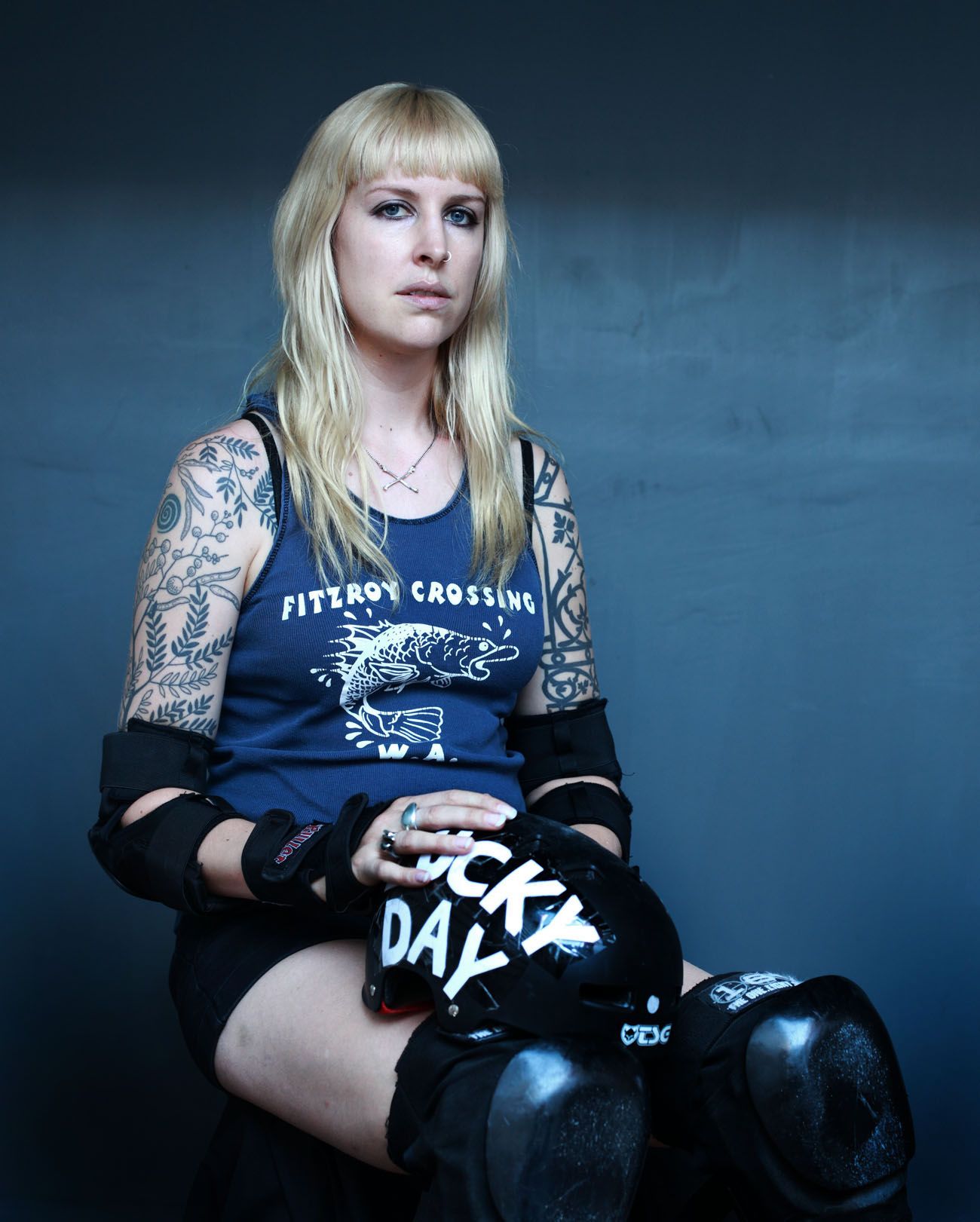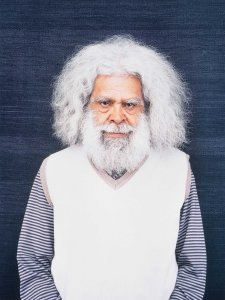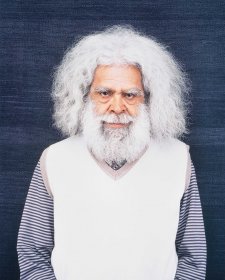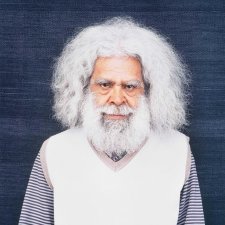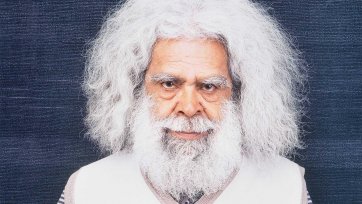Lucky Day is a roller girl from the Victorian Roller Derby League. She is part of a new series of derby girls, inspired by 19th century military portraits. The sitter places themselves within the realm of the roller girl ready for battle. The war portrait does not only represent the sitter, but is also a historical marker of dress, culture and body armour from that era. The girls were photographed in natural daylight to replicate the conditions of a 19th century painting.
Questions
1. Describe the impact of Toole's 'strong sense of colour' on your interpretation of the portrait.
2. The photographer identifies the 19th century war portrait as 'a historical marker of dress, culture and body armour'. What 'historical markers' are represented by Toole in her portrait of Lucky Day?
3. What do you imagine Lucky Day is thinking about? What clues are there in the portrait that make you think this?
The photographer and the portrait -
an interview
How do you define your own practice?
Photographer.
Do you have a website or are you represented on a website?
I have a personal website; nikkitoole.com and a website for the Roller Girl project from which the image of Lucky Day was taken: iseestars.com.au
What is your relationship to the subject?
Many of the Derby girls know about the project and contact me through the website.
Was the photograph a result of a constructed or candid encounter?
The photograph is constructed in as far as I explain my vision and the Derby girl reacts in their own way. This makes it a collaborative effort, which I enjoy.
Describe the technical aspects of your photograph?
For this project I used a Canon 5D Mark II and a 50mm lens. I used natural lighting and the girls are shot in my courtyard. The image of Lucky Day did not require any retouching as I like the colour and skin textures to look natural.
How was the final print made? Is this print one of an edition?
The final print is a Chromira print. The Roller Girls are in editions of 8.
Describe your consideration of scale, mounting and framing in the presentation of your portrait?
The image of Lucky Day had such a strong sense of colour that I decided to maximise that impact by using a white frame. I enjoy printing these portraits a metre high to allow the viewer to study the detail.
Who would you nominate as your influences?
I have a range of influences or artists that inspire me. My steadfast ones are David Lynch, Pedro Almodovar and Douglas Sirk for their use of colour and Ken Loach, Alfred Hitchcock and Ingmar Bergman for the way they study the human condition. Sirk and Almodovar inspired me to use colour in a different way from my previous projects. The sitters in early American Civil War photographs and First World War military paintings were a huge inspiration for the conceptual focus of the work.
Do you have any advice for young photographers (eg. students)?
Watch early movies, lots of them. When you choose a project to develop take your time. There is no rush to complete a personal project. I have discovered that it often takes time to get into the groove of a new series of images and making contacts that will work for your ideas can take time. The main thing is work with what you have. Don't drop an idea because you are too afraid to approach people. Work around your insecurities and you will develop confidence as the project grows. Eventually sitters will approach you if they like your ideas. If you are happy with your work, it is always a bonus if others appreciate it, if not you will still end up as happy as you were in the beginning.
